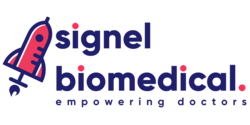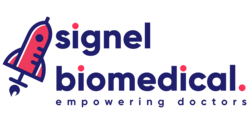
When it comes to diagnosing and assessing cardiac health, high-quality electro cardiograms (ECGs) play a crucial role. ECGs are invaluable tools that provide valuable insights into the electrical activity of the heart, helping healthcare professionals identify potential abnormalities and make accurate diagnoses. In this article, we will explore the significance of high-quality ECGs and their role in cardiac diagnosis, emphasizing the importance of accuracy, reliability, and adherence to quality standards.
1. The Importance of High-Quality ECGs
High-quality ECGs are essential for accurate cardiac diagnosis. They provide detailed information about the heart's electrical signals, enabling healthcare professionals to detect abnormalities, irregularities, and potential cardiac conditions.
Whether













